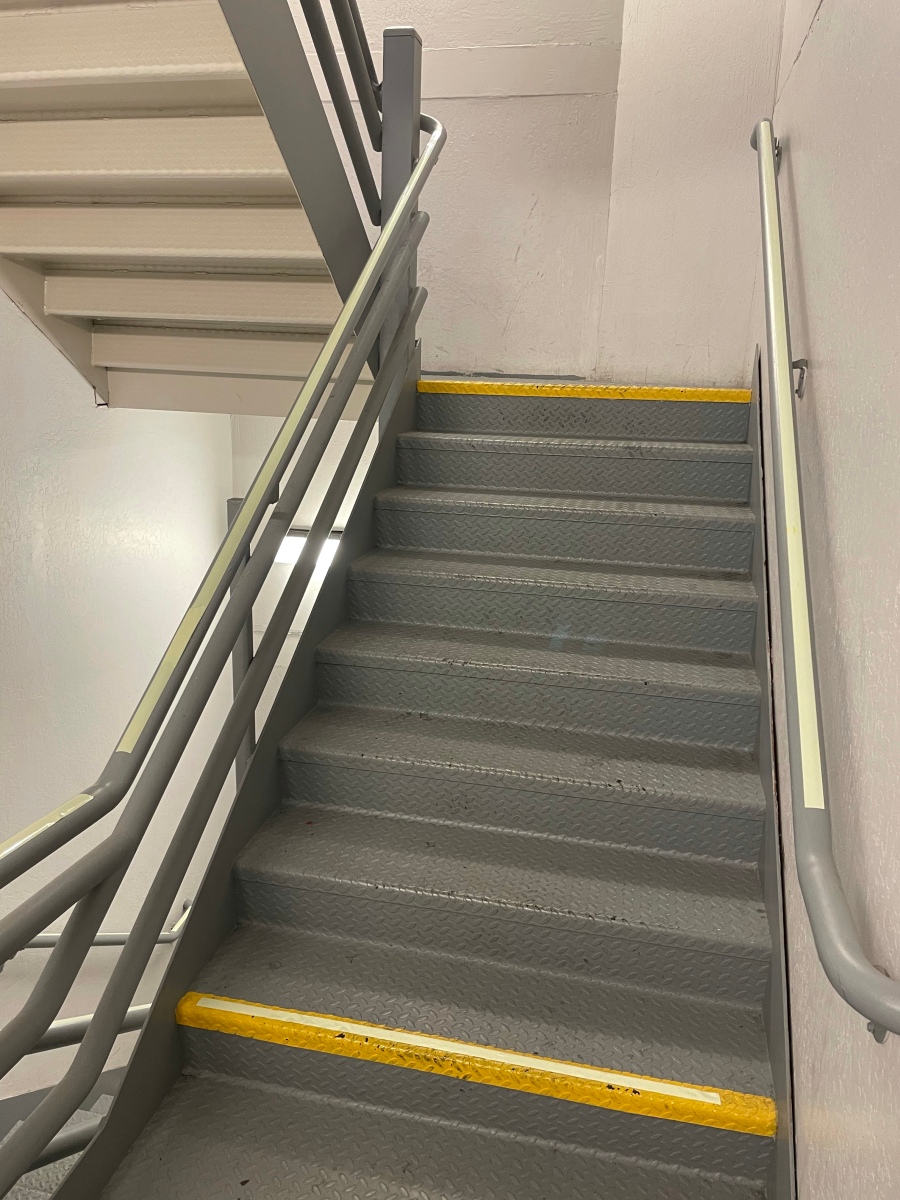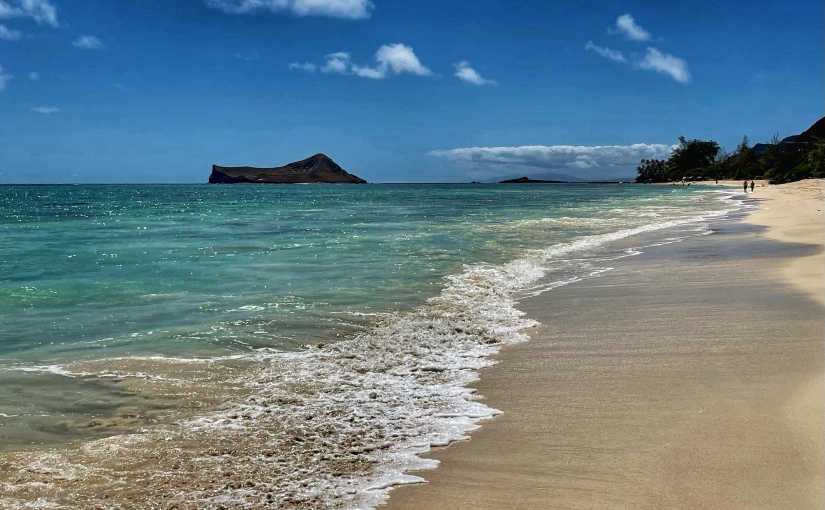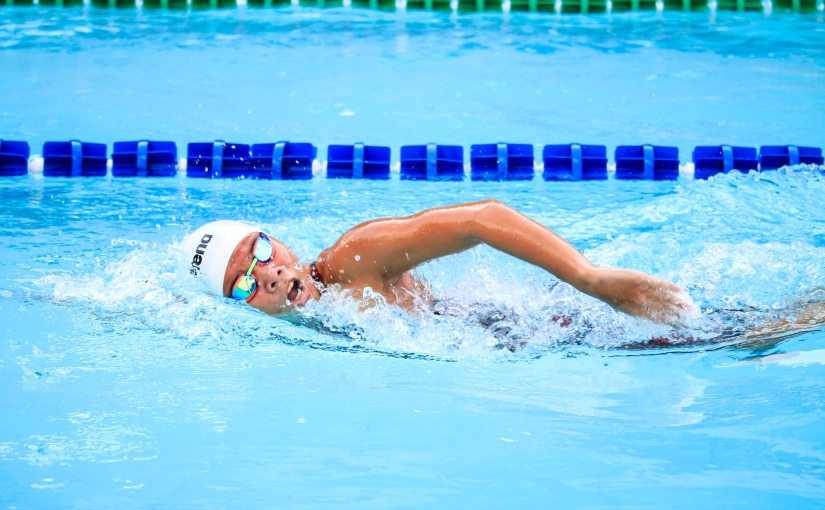Currently, I’m out of town taking care of some family matters. Due to the tight schedule, I chose a hotel close to the airport for convenience.
As we’ve discussed before, in order to lower blood pressure naturally, it’s important to consistently get cardio exercise. Before the days of the pandemic, I would hit the hotel gym after dinner and use the treadmill. However, due to the current Delta variant causing concerns, even though I’m vaccinated, I decided to be a little more cautious. The gym was very busy throughout my stay, so I had to get a bit creative. An alternative is going outdoors to take a walk, however my hotel wasn’t located in a very safe area for extensive walking.
That’s when I realized I could use the stairway within the hotel to get some pretty serious cardio. Of course, be sure to wear good walking shoes, hold onto the rail if necessary, and if you already have pre-existing balance issues, proceed with caution! Also, don’t forget to bring your hotel key card and cell phone.
Climbing stairs really gets my heart pumping, and after going up and down from floor one to nine about 3 times, I got an incredible workout! It also felt safer from COVID since there was no one else in the stairway. Remember, ideally you move continuously during the activity so your heart can become stronger!
Not to mention, it was super convenient to just lace up some shoes and skip the fuss of the gym or driving somewhere else.
The only downside was the complete and total lack of view 😆. Nothing exciting about a hotel staircase. However, I did reach my goal of getting heart-healthy exercise!
Have you found creative ways to incorporate exercise into your day?







